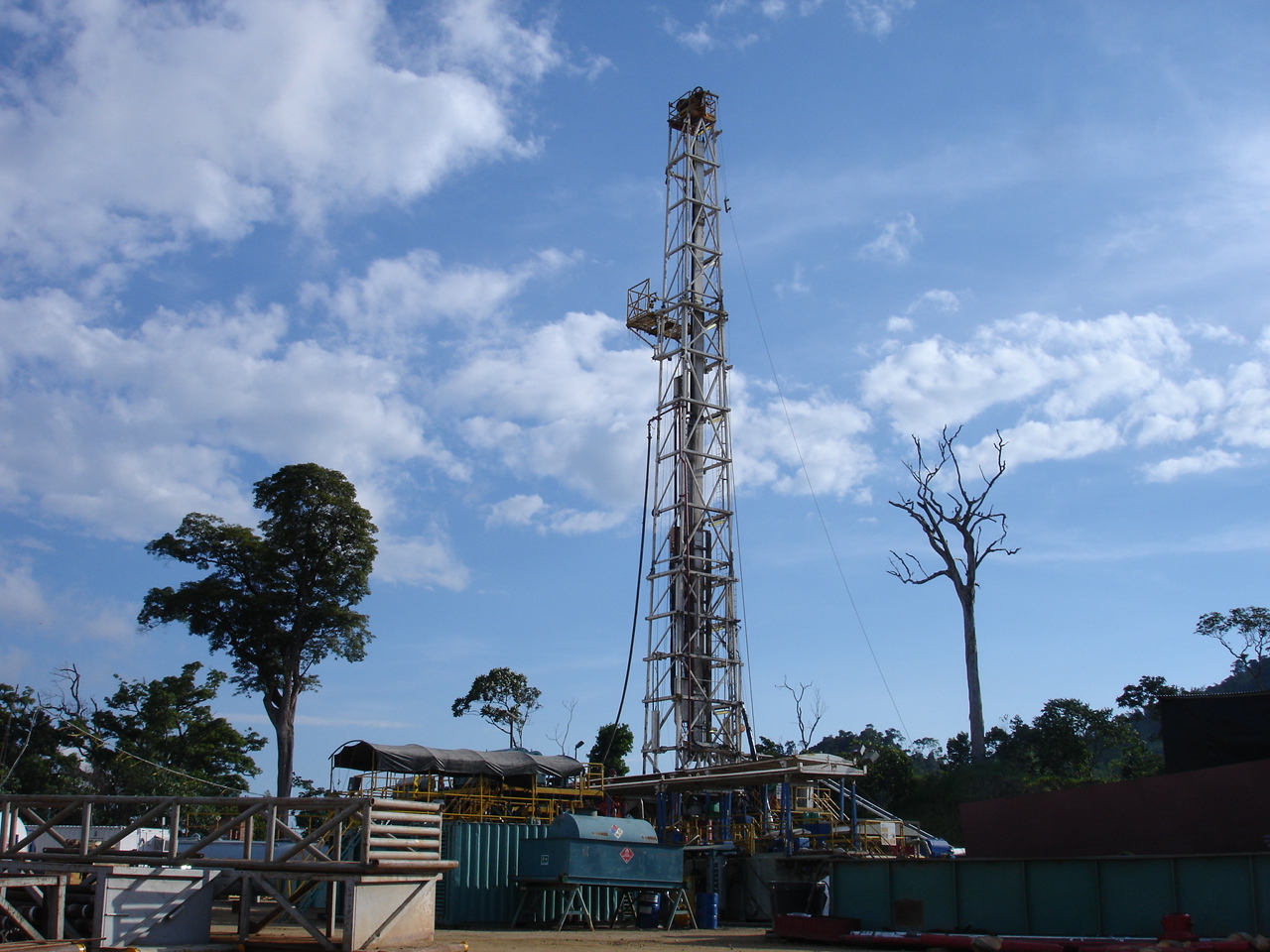Oil and Mining

One of the most important indicators of effectiveness in oil and mining operations is Non-Productive Time (NPT). When NPT occurs, there are delays that cost a lot of money, the risk of missing the target or the pay zone increases, operational criticality rises, and fines are imposed by the client or operator. In short, no one likes or benefits from NPT.
What causes NPT? Lack of preventive maintenance, equipment assembly errors, lack of asset histories, installation errors, operational, and maintenance procedure errors.
CMMShere is a robust digital maintenance solution tailored to oilfield conditions. With it, you’ll achieve optimal preventive planning, reduce downtime, and attain maximum mechanical integrity with zero NPT.
If you don’t want to continue firefighting, implement CMMShere in your company:
